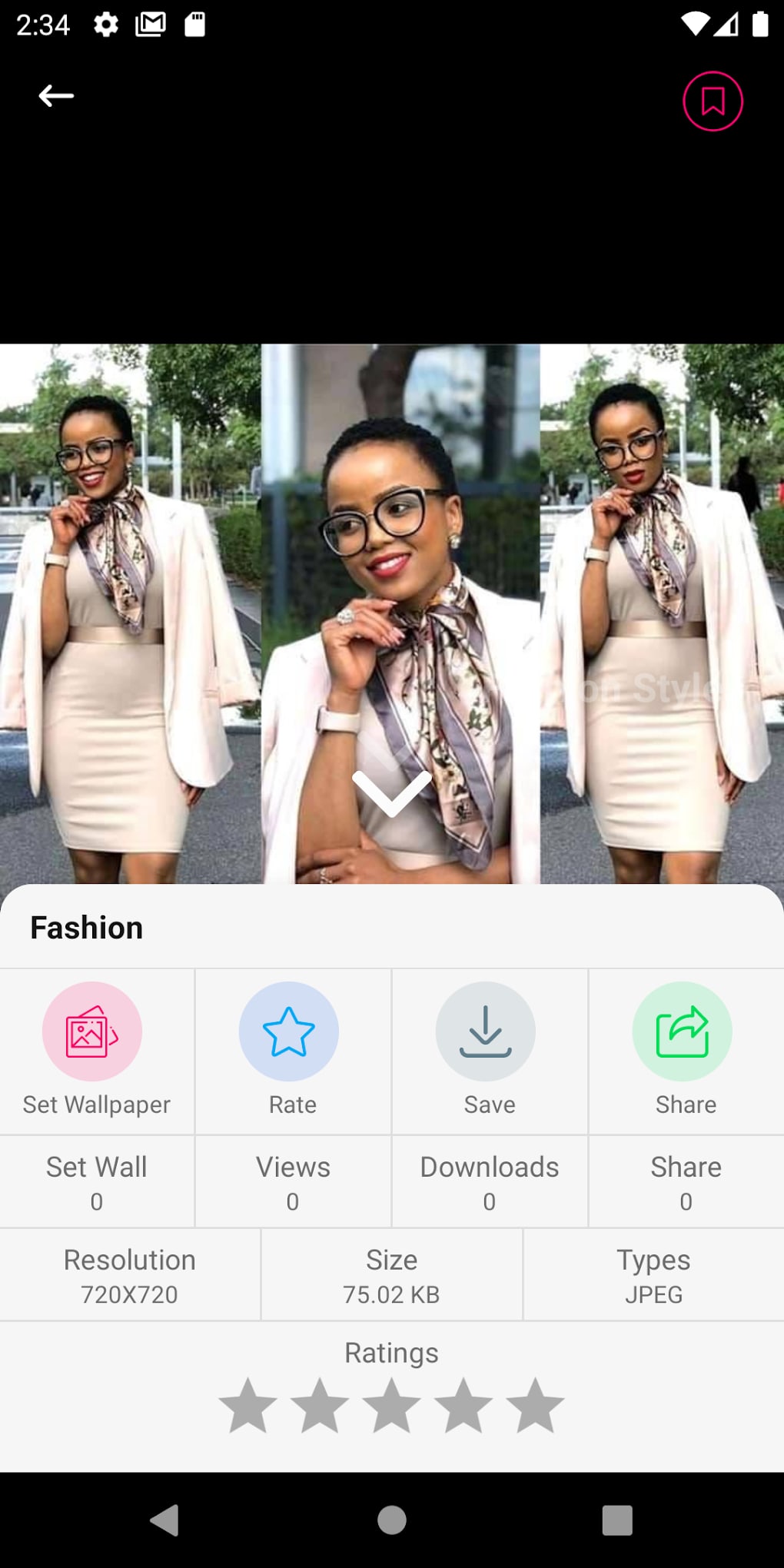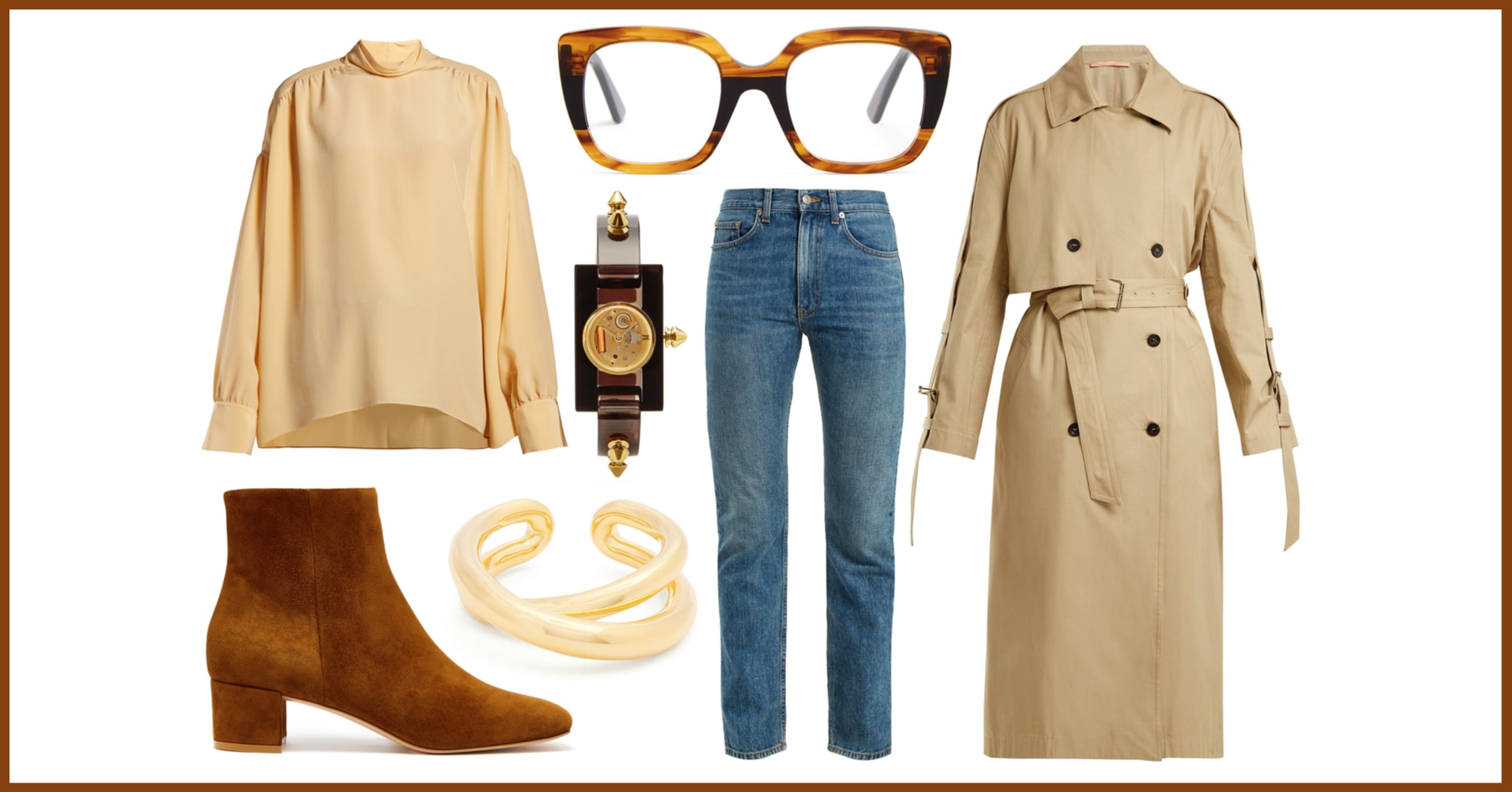Choosing the right outfit for work can significantly impact your confidence and professionalism. Whether you're heading to a corporate office or a creative workspace, knowing what to wear is essential for making a great impression. In this article, we'll explore various aspects of professional attire and help you decide what to wear to work tomorrow.
First impressions matter, and your outfit plays a crucial role in how others perceive you. Wearing appropriate clothing not only boosts your self-esteem but also aligns with your company's culture and values. Understanding the dress code and tailoring your wardrobe accordingly is key to success in the workplace.
This guide will cover everything from understanding dress codes to selecting the perfect outfit for different industries. Whether you're in a corporate, business casual, or creative environment, we've got you covered. Let's dive into the details and ensure you're always dressed for success.
Read also:Amazon Essentials Sports Bra Your Ultimate Guide To Comfort And Style
Table of Contents
- Understanding Dress Codes
- Corporate Office Style
- Business Casual
- Creative Industries
- Seasonal Considerations
- Color Psychology in Work Attire
- Accessorizing Your Professional Look
- Budget-Friendly Options
- Sustainability in Fashion
- Common Mistakes to Avoid
Understanding Dress Codes
Before deciding what to wear to work tomorrow, it's essential to understand the dress code of your workplace. Dress codes vary significantly depending on the industry, company culture, and specific roles within the organization. Below are some common dress codes you might encounter:
Formal Dress Code
This is typically associated with high-level corporate environments, law firms, and financial institutions. Expect to wear suits, ties, and polished shoes. For women, tailored dresses and blazers are common choices.
Business Casual
A more relaxed version of formal attire, business casual allows for greater flexibility. Think blazers with trousers, cardigans, and collared shirts. Avoid overly casual items like sneakers or t-shirts.
Creative Casual
In creative industries, self-expression is encouraged. This dress code allows for unique styles while maintaining professionalism. Consider mixing textures, patterns, and colors while staying within the boundaries of appropriateness.
Corporate Office Style
When working in a traditional corporate setting, your attire should reflect seriousness and competence. Here are some tips to ensure you're always dressed appropriately:
- Invest in a well-fitted suit and high-quality shoes.
- Choose neutral colors like navy, black, gray, and white.
- Avoid bold patterns and stick to solid colors or subtle stripes.
Tailoring Your Suit
A tailored suit can make a significant difference in your appearance. Ensure that the shoulders fit perfectly, the sleeves are the right length, and the trousers are hemmed correctly. A well-fitted suit conveys attention to detail and professionalism.
Read also:Comprehensive Guide To Dermatology Face Wash Everything You Need To Know
Business Casual
Business casual is a popular dress code in many modern workplaces. It strikes a balance between formality and comfort. Here’s how you can master this style:
- Opt for polished trousers or skirts paired with blouses or button-down shirts.
- Choose loafers or flats over sneakers or sandals.
- Accessories like watches and scarves can elevate your look without being too flashy.
Seasonal Adjustments
As seasons change, so should your wardrobe. In colder months, layering is key. Consider adding a wool blazer or sweater to your outfit. During summer, lightweight fabrics like linen and cotton are ideal for staying comfortable and professional.
Creative Industries
In industries like advertising, design, and media, creativity is often celebrated. Your outfit can reflect your personality while still adhering to professional standards. Here are some tips:
- Experiment with bold colors and unique patterns.
- Choose statement pieces like a colorful scarf or distinctive shoes.
- Ensure that your outfit aligns with the company’s brand and values.
Expressing Individuality
While self-expression is encouraged, it's important to maintain a level of professionalism. Avoid overly revealing clothing or items that could be considered distracting. Striking a balance between creativity and appropriateness is key to success in creative industries.
Seasonal Considerations
Weather plays a significant role in determining what you should wear to work. Here are some seasonal tips to keep in mind:
- Winter: Layer with warm fabrics like wool and cashmere. Add a coat or jacket to your ensemble.
- Spring: Transition to lighter fabrics and brighter colors. Pastels are perfect for this season.
- Summer: Opt for breathable materials like linen and cotton. Keep colors light and airy.
- Fall: Incorporate rich autumn hues like burgundy, olive, and mustard. Layer with sweaters and blazers.
Climate-Specific Choices
Consider the climate of your location when selecting your work attire. In humid climates, choose moisture-wicking fabrics. In colder regions, prioritize warmth without compromising style.
Color Psychology in Work Attire
Colors can influence how others perceive you. Here's a breakdown of what different colors convey in a professional setting:
- Blue: Associated with trust and reliability, making it a popular choice for interviews and client meetings.
- Black: Conveys sophistication and authority, perfect for formal occasions.
- Gray: Neutral and versatile, ideal for blending in while maintaining professionalism.
- Red: Symbolizes energy and passion, but should be used sparingly to avoid overwhelming others.
Selecting the Right Shades
When choosing colors for your work wardrobe, consider your skin tone and personal preferences. Neutral tones are generally safe, but adding a pop of color can enhance your look and convey confidence.
Accessorizing Your Professional Look
Accessories can elevate your outfit and add personality to your style. Here are some accessories to consider:
- Watches: A timeless piece that adds a touch of elegance and punctuality.
- Scarves: Great for adding color and texture to your outfit.
- Belts: Ensure your trousers stay in place while adding a stylish element.
- Jewelry: Keep it minimal and tasteful to avoid distractions.
Shoes: The Finishing Touch
Your footwear is the foundation of your outfit. Invest in quality shoes that are both comfortable and stylish. For men, polished leather shoes are a must. Women can opt for flats, heels, or loafers depending on the dress code and personal preference.
Budget-Friendly Options
You don't have to break the bank to look professional. Here are some tips for finding affordable yet stylish work attire:
- Shop during seasonal sales or clearance events.
- Visit thrift stores or consignment shops for unique pieces.
- Invest in versatile items that can be mixed and matched.
Building a Capsule Wardrobe
A capsule wardrobe consists of a few essential pieces that can be combined in various ways. Focus on timeless classics that won't go out of style quickly. This approach saves money and reduces decision fatigue when deciding what to wear to work.
Sustainability in Fashion
With growing concerns about the environmental impact of the fashion industry, many professionals are turning to sustainable fashion. Here's how you can incorporate eco-friendly practices into your wardrobe:
- Choose clothing made from sustainable materials like organic cotton or recycled fibers.
- Support brands that prioritize ethical production and fair labor practices.
- Extend the life of your garments by caring for them properly and repairing them when needed.
Thrifting as a Sustainable Option
Buying second-hand clothing is an excellent way to reduce your carbon footprint. Thrift stores offer a wide range of styles and brands at a fraction of the cost. Plus, you'll be giving old clothes a new life and reducing waste.
Common Mistakes to Avoid
Even the most fashion-savvy individuals can make mistakes when choosing work attire. Here are some pitfalls to avoid:
- Wearing overly casual clothing, such as t-shirts or athletic wear.
- Choosing clothes that are too revealing or inappropriate for the workplace.
- Ignoring the dress code and standing out for the wrong reasons.
Final Tips for Success
To ensure you're always dressed appropriately for work, keep the following tips in mind:
- Stay informed about your company's dress code and adapt accordingly.
- Invest in quality pieces that will last longer and look better over time.
- Experiment with different styles until you find what works best for you.
Conclusion
Deciding what to wear to work tomorrow doesn't have to be stressful. By understanding your company's dress code, considering seasonal factors, and incorporating personal style, you can create a wardrobe that reflects your professionalism and individuality. Remember to accessorize thoughtfully, prioritize sustainability, and avoid common mistakes.
We encourage you to share your experiences and tips in the comments below. Your insights could help others navigate the world of professional attire. Don't forget to explore our other articles for more advice on fashion, lifestyle, and career development. Together, let's make every day a stylish success!


